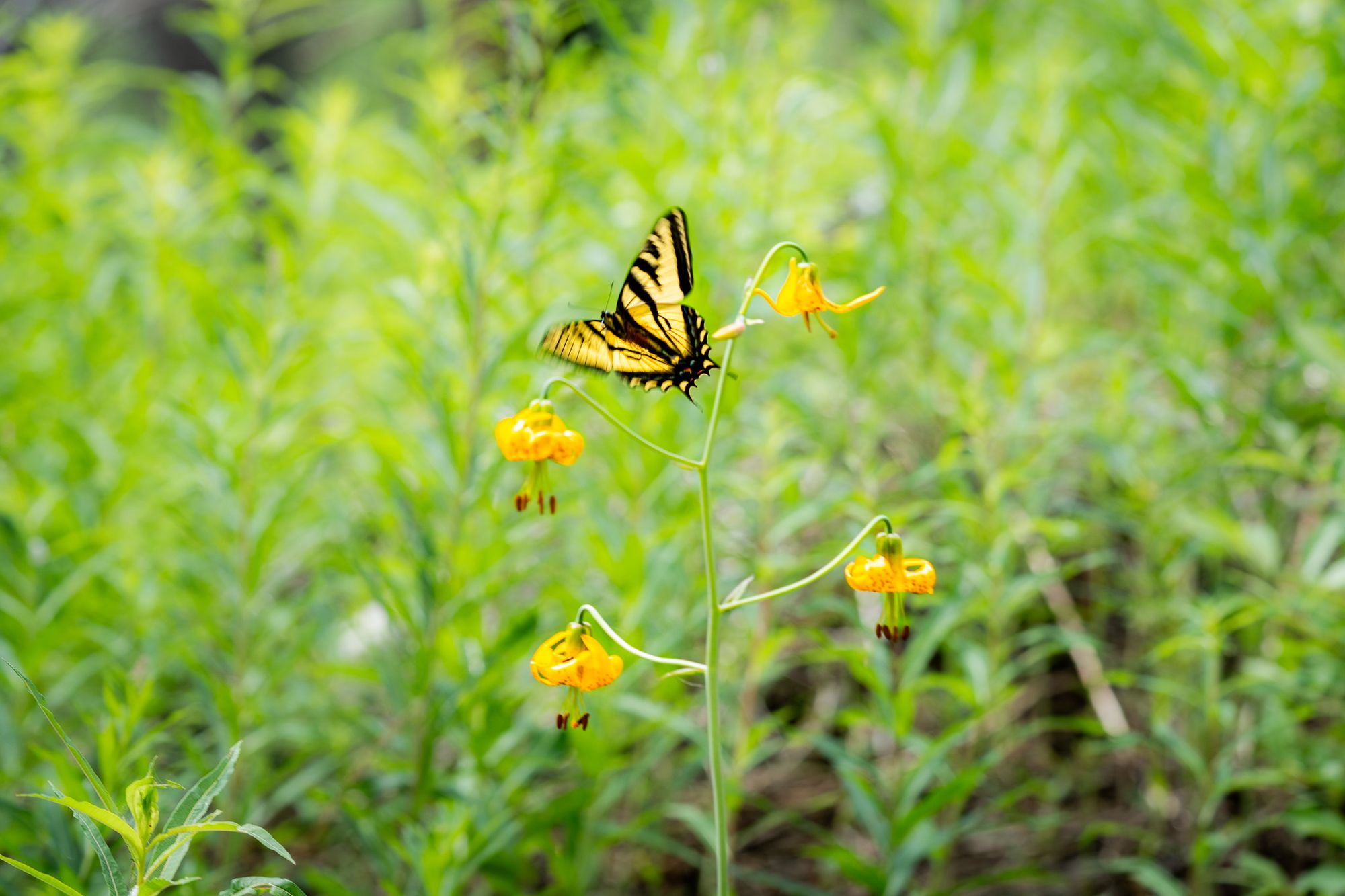June 11-17, 2023
Fawns and Butterflies
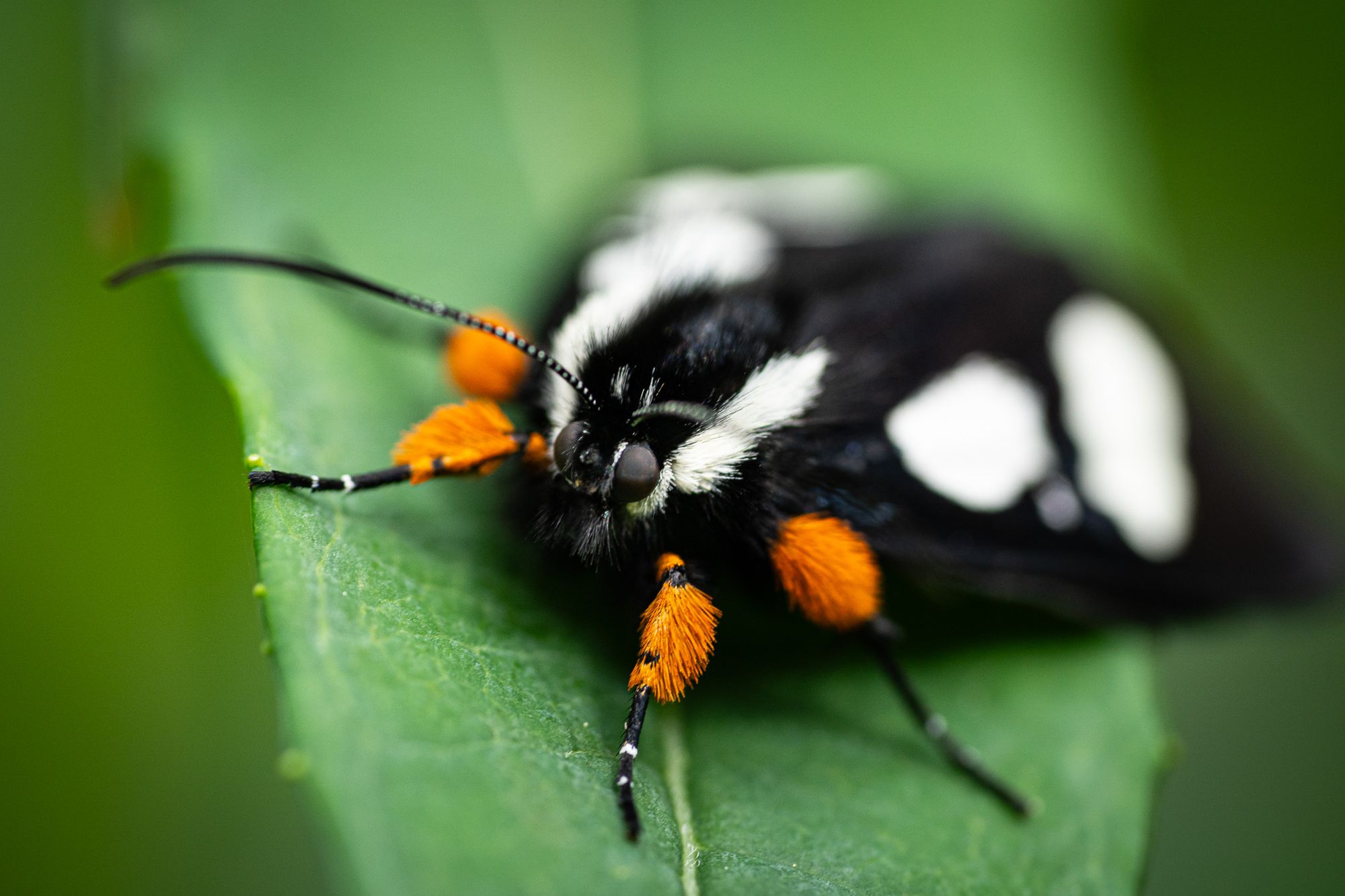
This week started off cold and rainy but was mostly a pleasant mix of warmish, cloudy to partly sunny days for the rest of the week.
Week in Review
This stretch of warm, but not blazingly hot, weather seems to be providing perfect conditions for flowers, insects, and growing baby animals. Cottonwoods are also producing immense quantities of fluffy white seeds right now!
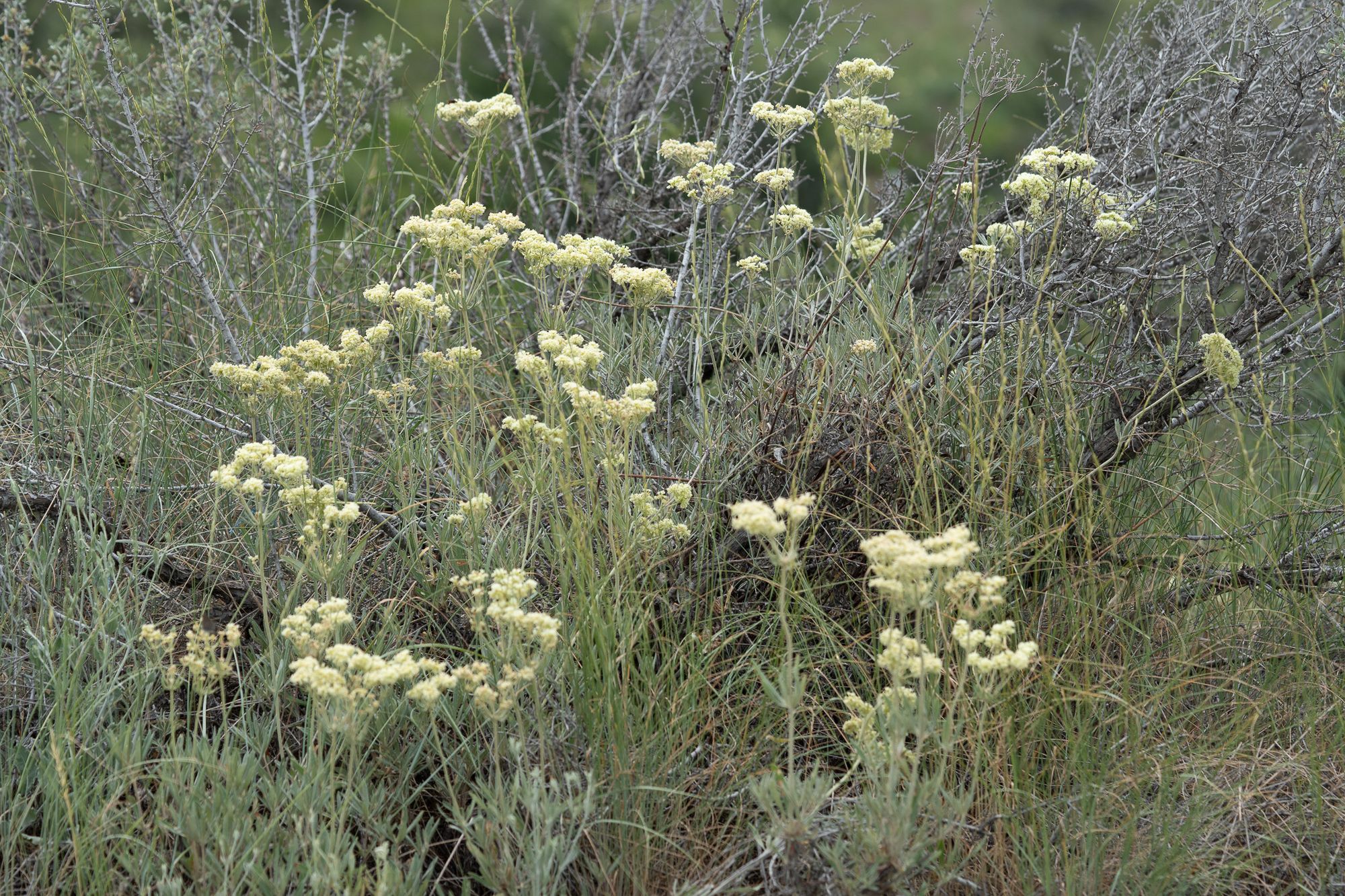
The valley floor may be drying out, with only a handful of hardier flowers like threadleaf fleabane and several species of buckwheat still hanging on, but this is a fantastic time for hiking on forested, mid-elevation slopes and canyons around the valley.
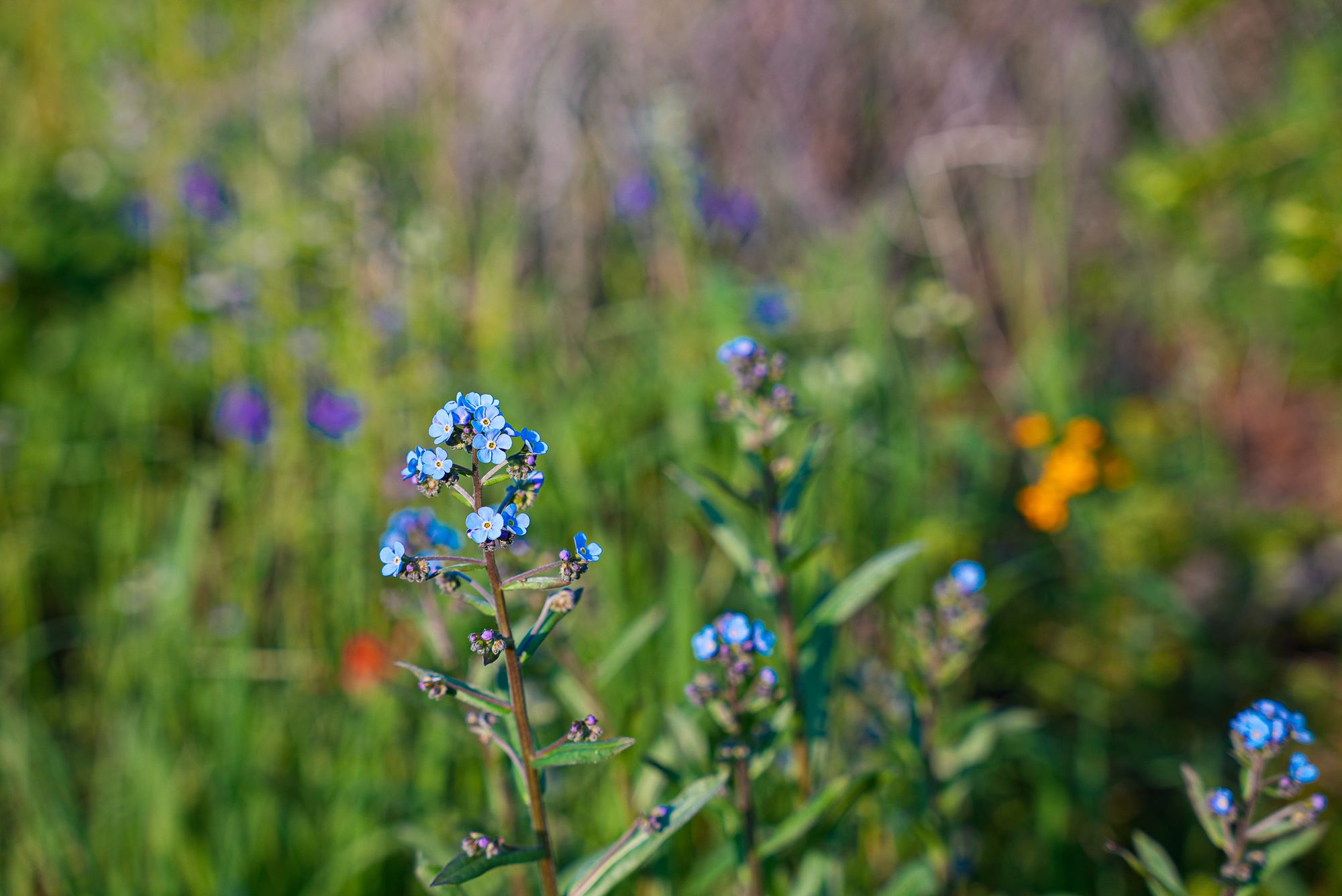
For example, trails in the Twisp River Valley are stunning right now, with lush green vegetation, many types of flowers, and dazzling numbers of insects.
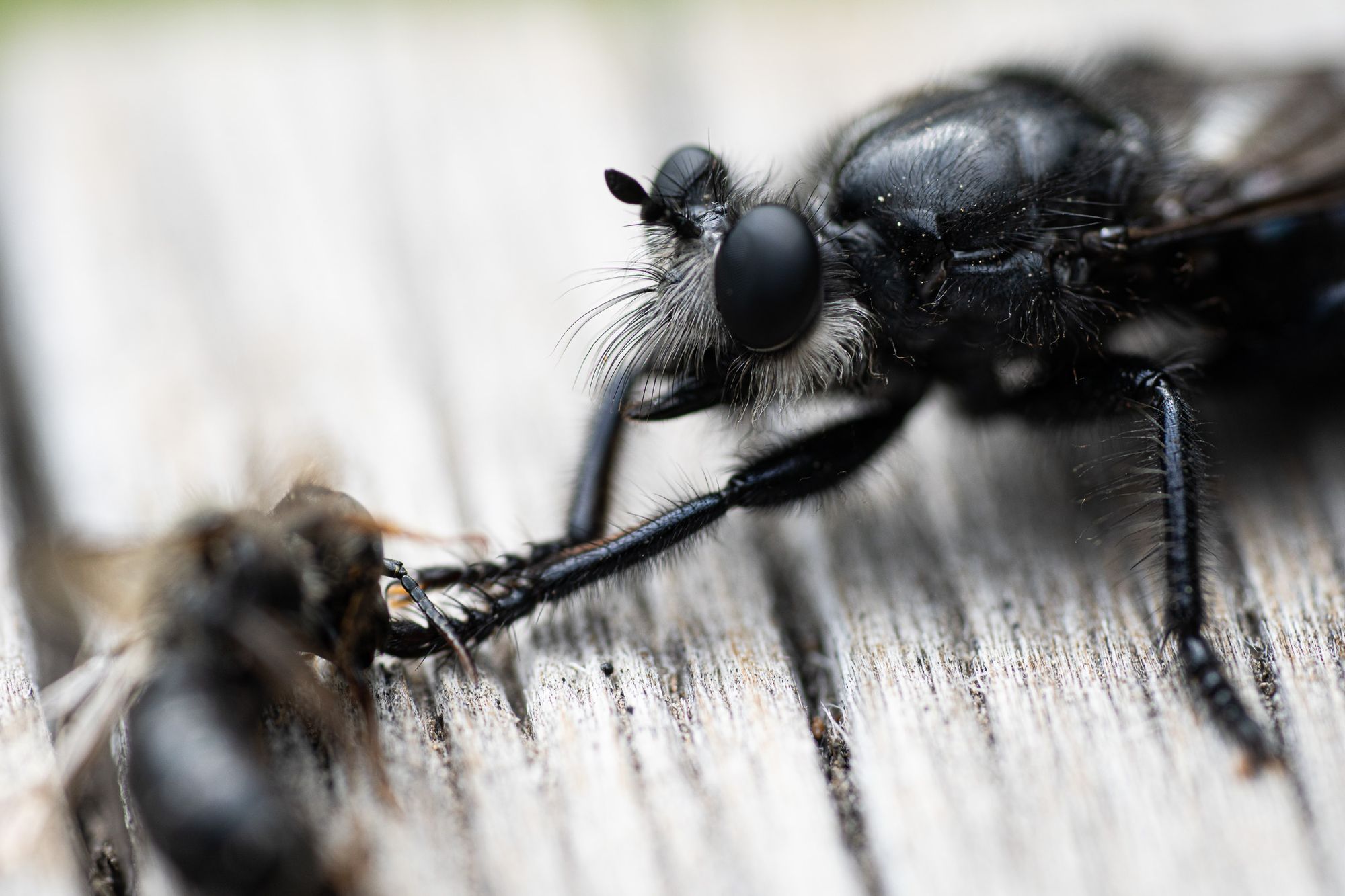
There are so many types of native bees, flies, and beetles that it's a little overwhelming, but you'll definitely notice large numbers of butterflies darting ahead or behind you as you walk along.
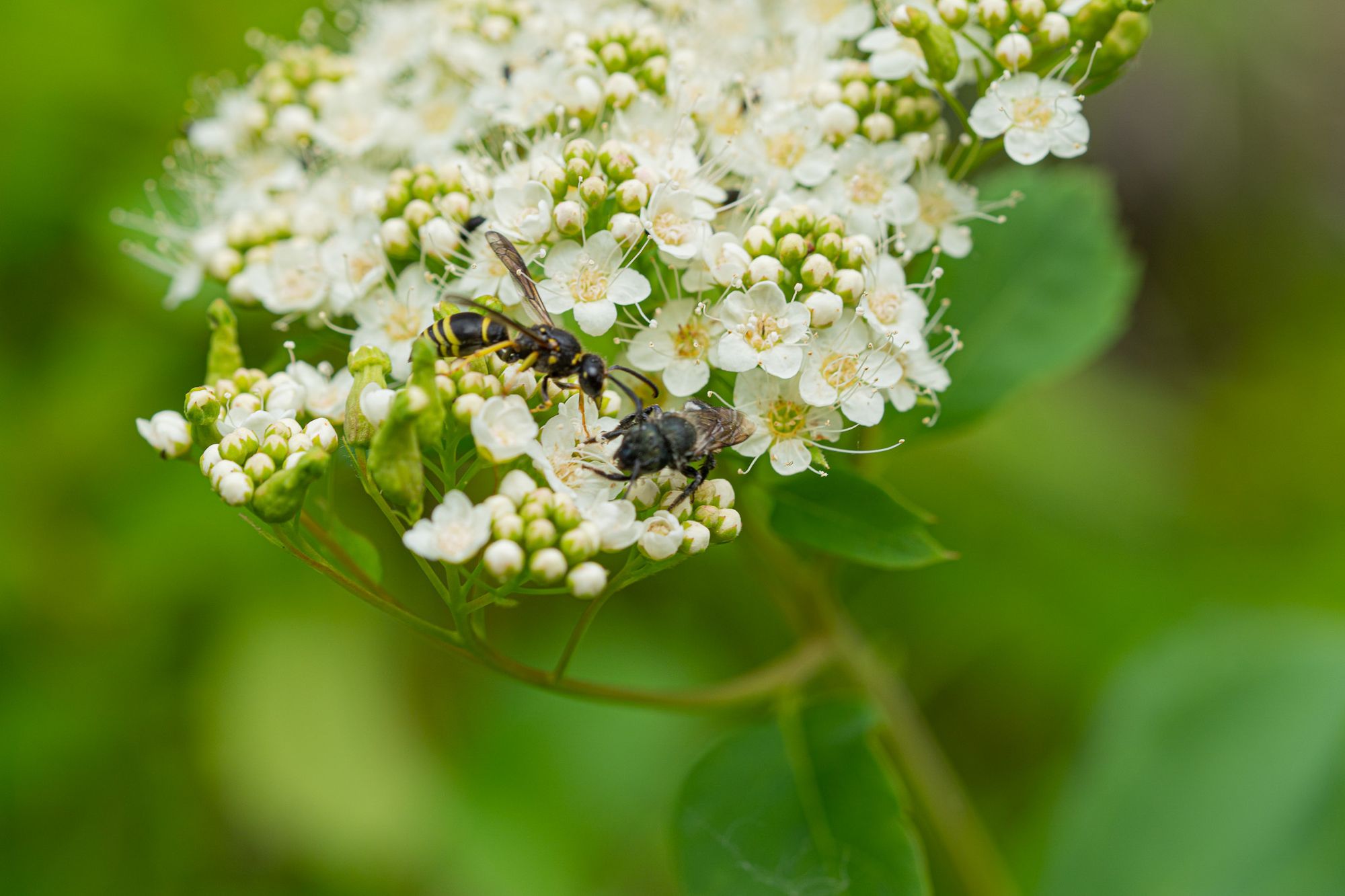
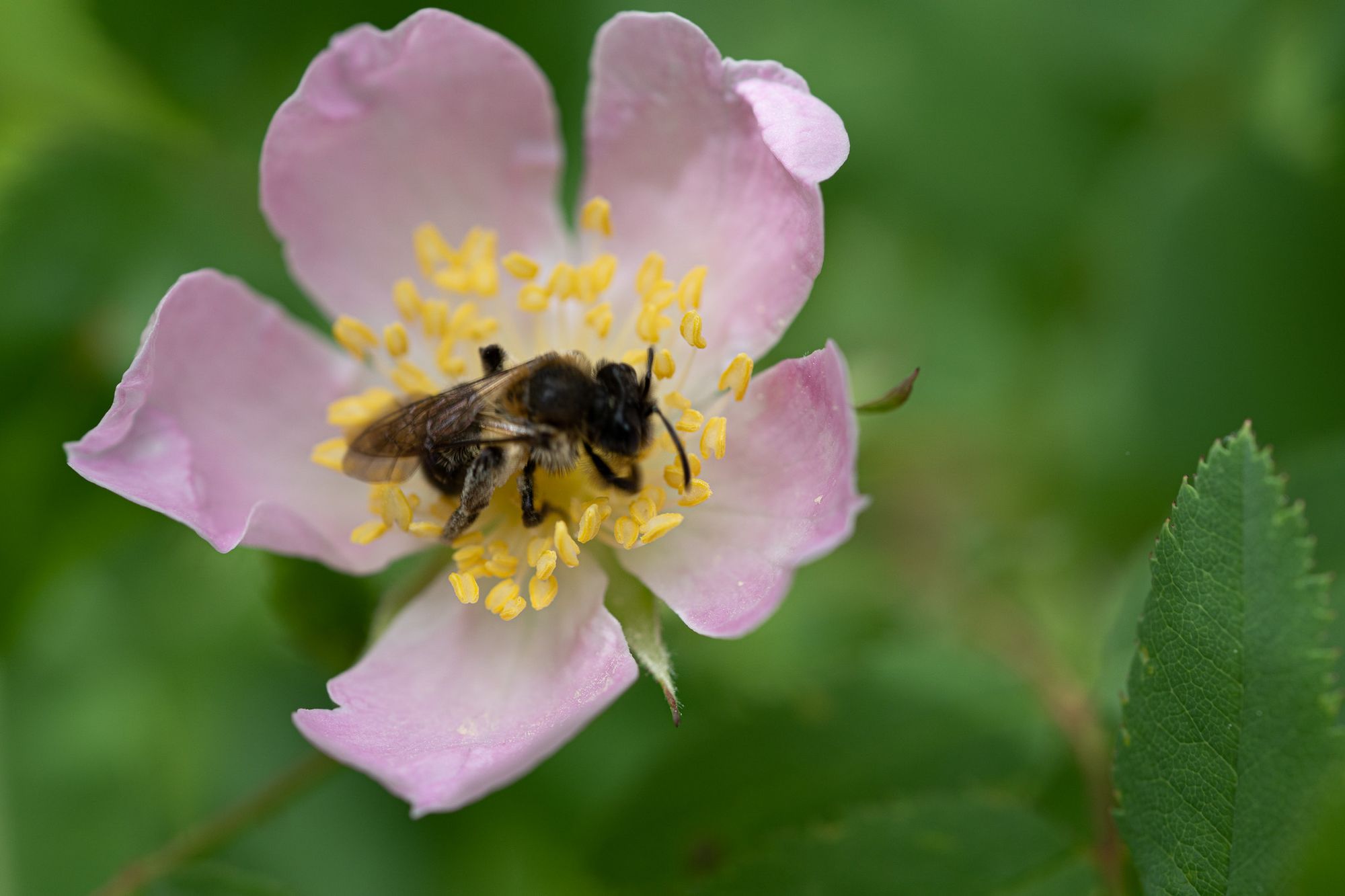
There are always a few butterflies, but you may encounter patches of muddy trail where dozens of male butterflies are gathering to collect minerals that they use as part of their courtship displays.
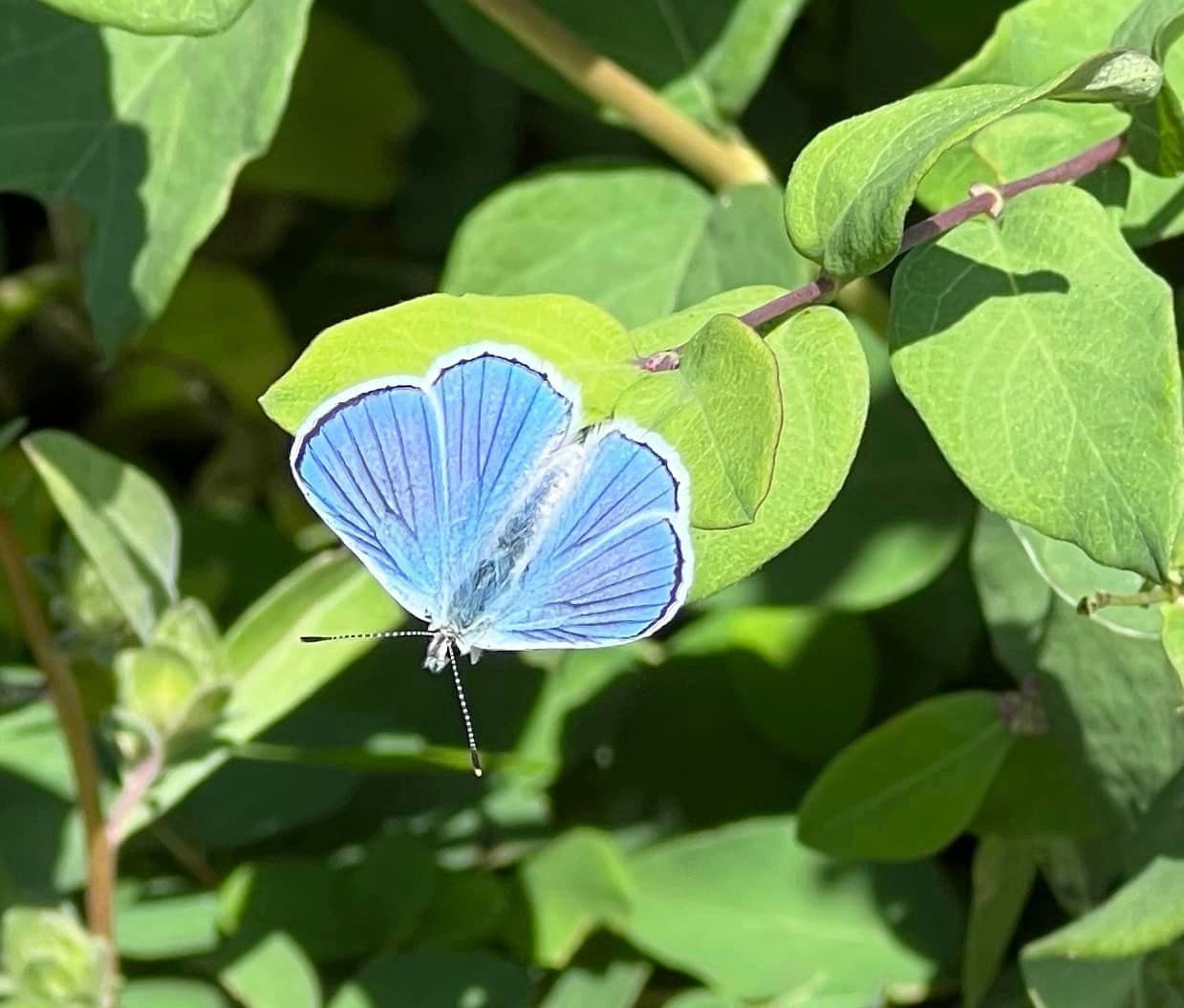
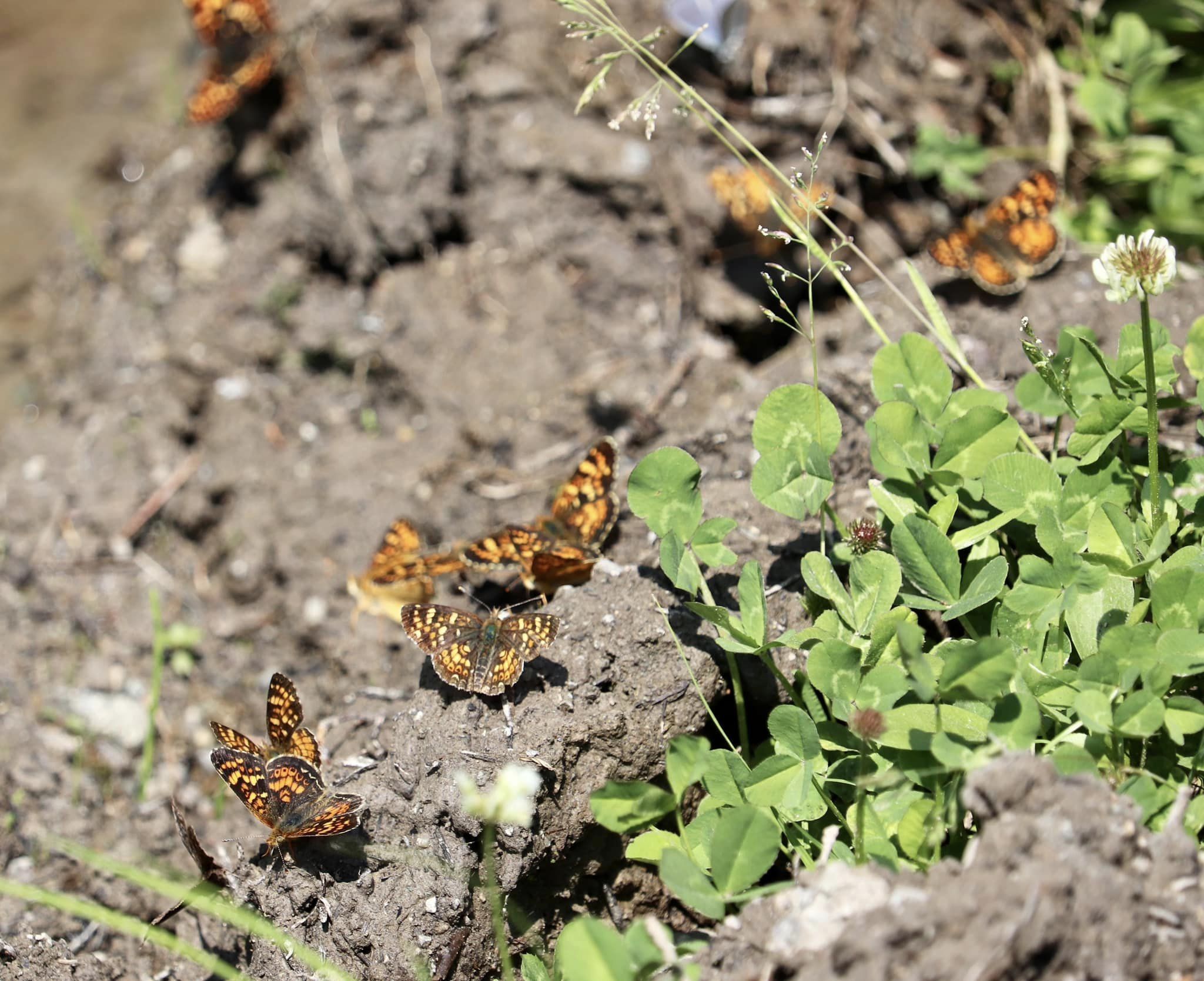
You may also be noticing the "spittlebugs" that seem to be superabundant this year. These are actually froghopper (a true bug) larvae that have an unique diet. They grow up sucking juices from plant stems, but rather than drinking the nutrient-rich phloem, they drink from the plant's xylem, which has very few nutrients.
In order to find enough food to survive they must process a lot of fluid and all the excess juices are expelled as a mucous-like bubble bath that helps protect the larvae from predators.
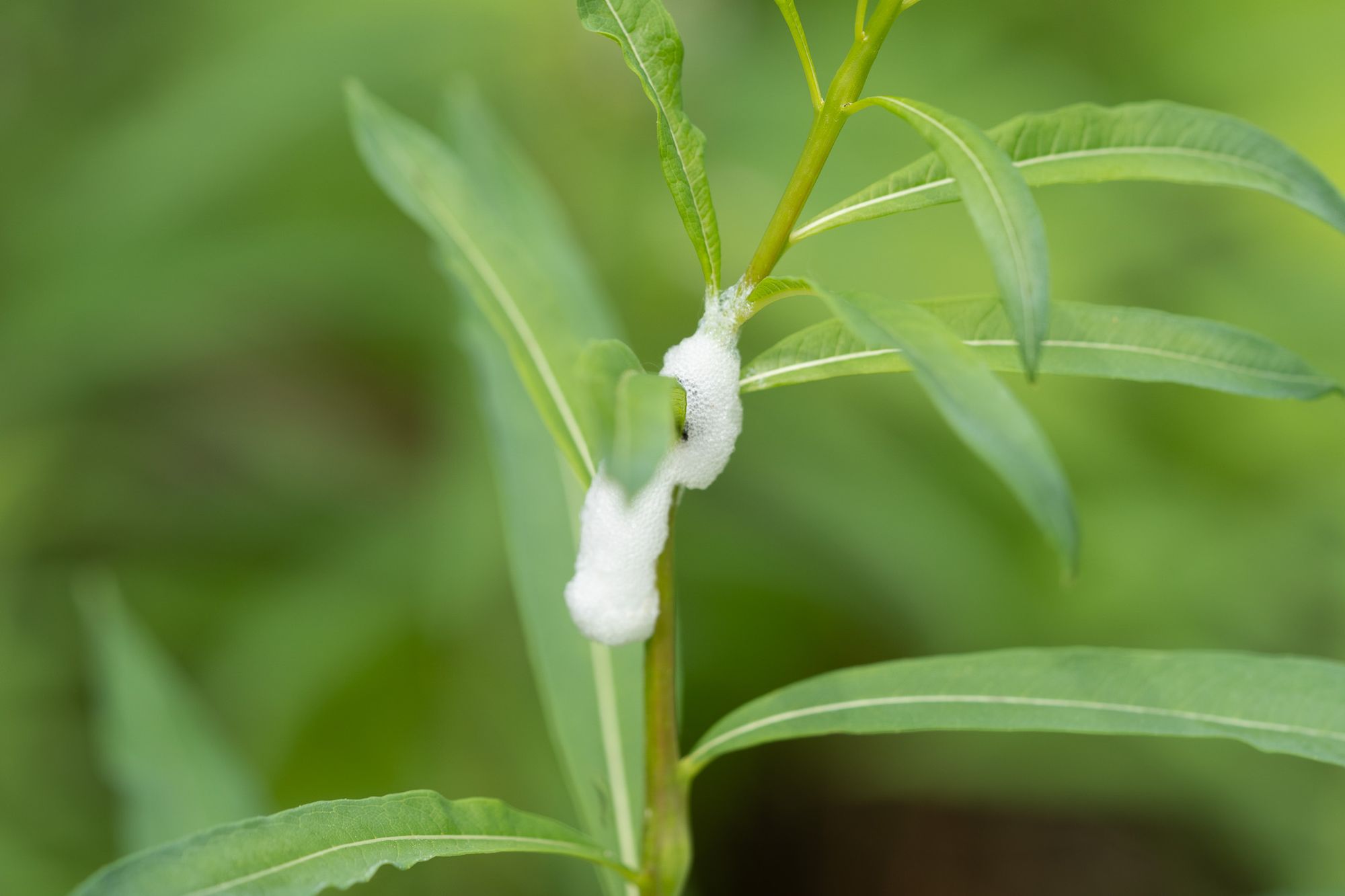
Finally, we can't close out the week without acknowledging the appearance of fawns. It seemed like a slow start, and folks were beginning to get worried, but people began seeing fawns everywhere this week.
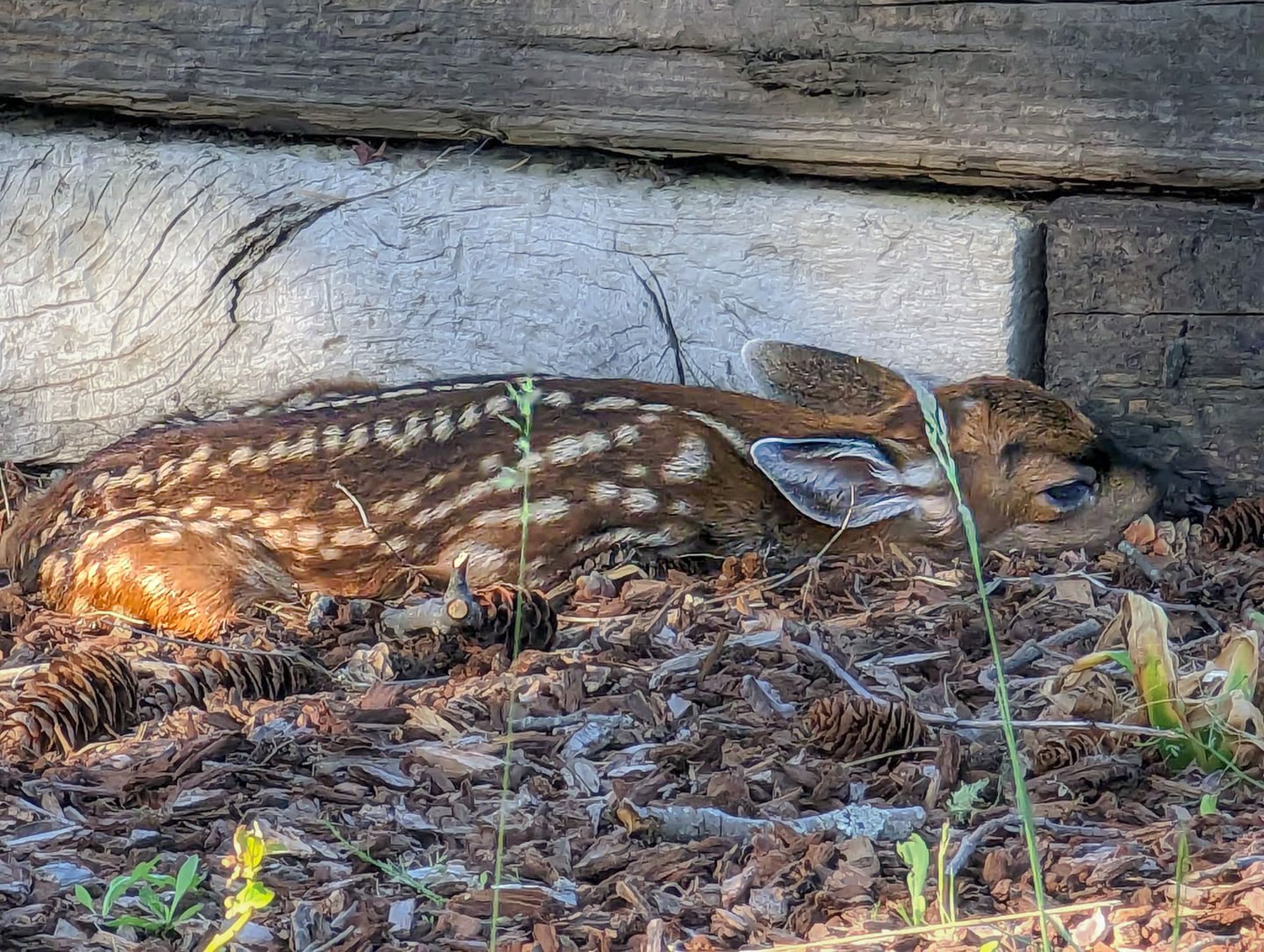
You might run across a fawn when you least expect it because they are extremely well camouflaged and lie perfectly still with no sign of their mother around. This is an intentional strategy so don't make the mistake of thinking the fawn has been abandoned and needs your help. Fawns are hard to spot and they have almost no odor so a doe protects her fawn by leaving it alone except for occasional visits to fill it up with milk.
Observation of the Week: Swallowtail Butterflies
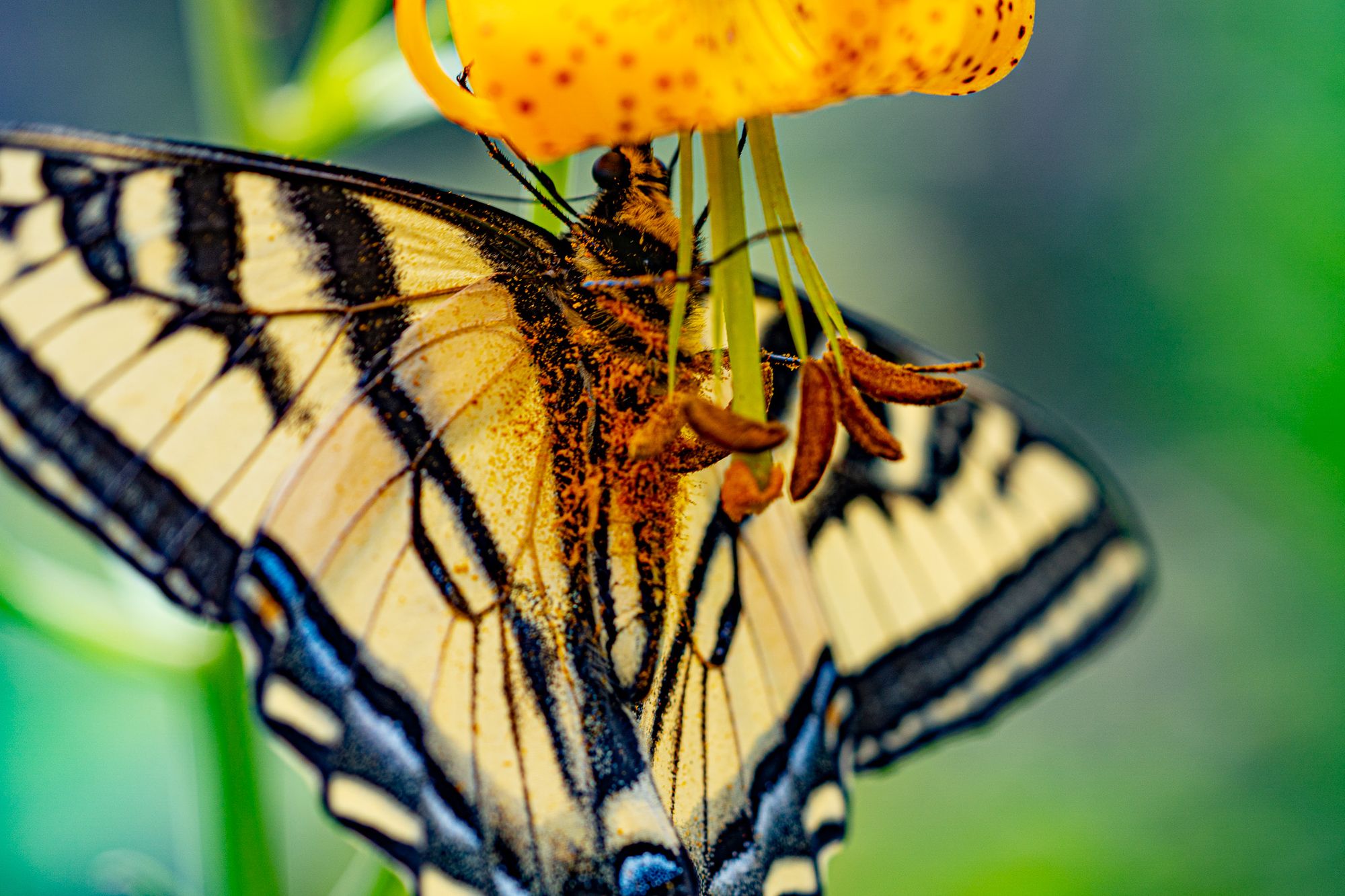
Six species of swallowtail butterflies are found in the Methow Valley and lots of them are active right now. They are especially common around patches of tiger lily, a native plant that offers nectar at the top of a long, upside-down flower that only these long-tongued butterflies can access.
In exchange, the butterfly is dusted with burnt-orange pollen from the flower's exposed stamens, then carries the pollen to the next flower it visits.
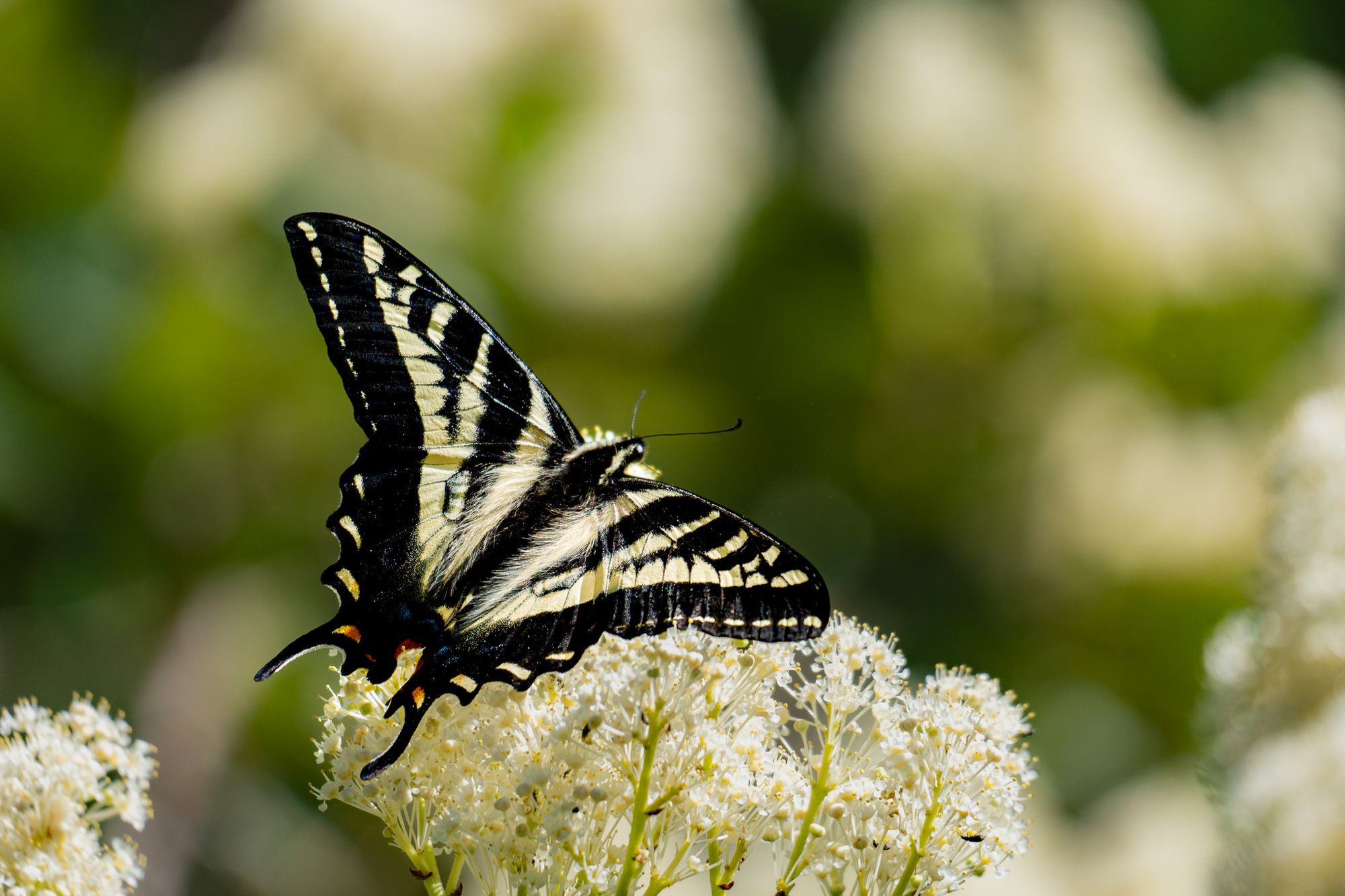
Swallowtails of the Methow Valley:
Oregon Swallowtail
Pale Tiger Swallowtail
Indra Swallowtail
Two-tailed TigerSwallowtail
Western Tiger Swallowtail
Anise Swallowtail
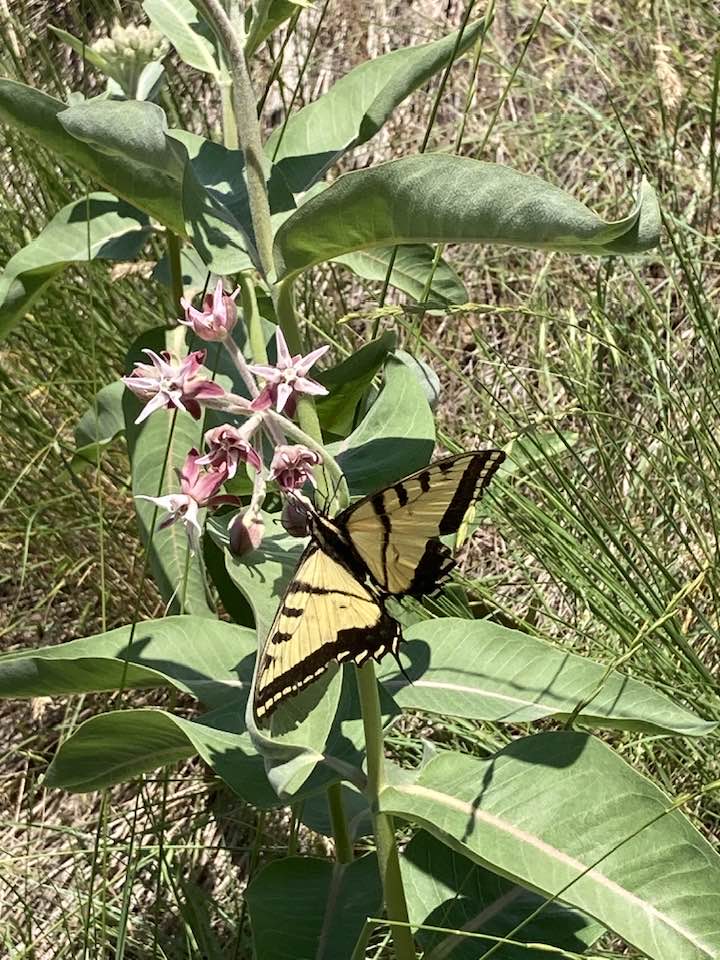
Swallowtails are large butterflies, in fact this family of 500+ species includes all the large butterflies in the world. When they perch on flowers they constantly flutter their wings and it's thought they do this to create a little bit of lift because they weigh so much.
One unique characteristic of this family is the presence of a strange protuberance called an osmeterium tucked in behind the head of the caterpillars. When disturbed, swallowtail caterpillars abruptly erect this fleshy, foul-smelling organ that looks like a snake's tongue and helps deters predators. Keep an eye out for these caterpillars later in the summer!
